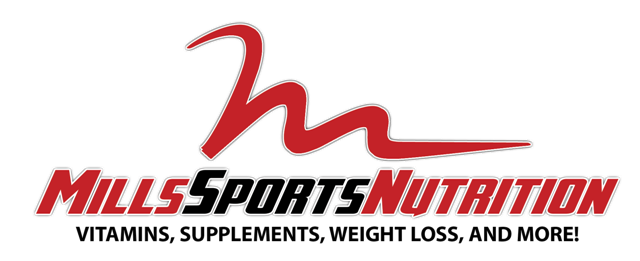Nutrition for female athletes does not differ all too much from a male athlete on a pound for pound basis. However, female athletes are at higher risk for developing nutrition disorders. As the number of female athletes has increased during the 1980's and 1990's , medical professionals have noticed an increase in injuries and ailments. A frequently seen set of symptoms observed among female athletes, termed the "Female Athlete Triad", can have devastating effects to individuals who fall victim to it. Being aware of the reasons, cure and prevention of this syndrome is critical to all female athletes.
The Female Athlete Triad is a disorder that occurs in female athletes, and is characterized by disordered eating & menstrual irregularities, which eventually can cause osteoporosis. Its early diagnosis is critical to prevent sever health risks. It seems that the onset of mestrual irregularities is the first warning sign. This is a common condition among female athletes, which historically has been thought to be a trivial occurrence. Medical researchers now consider this condition to be more serious.
Who is at risk?
Poor nutrition combined with strenuous training is the root cause of the Triad. Inadequate nutrition practices create energy and essential nutrient deficiencies. This then leads to a poor state of health, which is typically associated with loss in body weight. This condition triggers menstrual irregularities to develop, which should be considered early warning signs of over-training and inadequate nutrition. Then, if the condition is allowed to persist, osteoporosis develops, which leads to increased risk of bone fractures. It seems that female athletes who are highest risk, participate in sports where nutrition deficiencies are common; i.e., distance running, cycling, and swimming; gymnastics; diving; figure skating; triathlon; dancing; rowing; martial arts; and other sports where weight control is involved as demanded by the sport or because of body image concerns.
Disordered eating is not to be confused with eating disorders, such as anorexia or other psychiatric eating disorders. Beware that eating disorders do occur among female athletes and are another series problem to be aware of. However, disordered eating is abnormal eating patterns. It includes poor nutrition habits, eating the wrong foods (junk foods), unneeded or extreme dieting, and use of purgatives and laxatives for unhealthy weight control. This leads to an energy deficit, decreased metabolic rate, and reduced structure and function of the body. When disordered eating is combined with intense athletic training, it's easy to see how this deadly duo can lead to health problems, the first which includes menstrual irregularities.
Measures That Can Be Taken To Prevent the Female Athlete Triad?
First and foremost a sound performance nutrition program must be strictly adhered to. This means eating the proper amounts of carbohydrates, protein and fats, over 5 to 7 meals per day, maintaining adequate fluid intake, and taking your supplements to insure intake of the essential macro and micronutrients, such as essential fatty acids, protein, vitamins, and minerals, especially calcium and magnesium. The major cause of osteoporosis. It is also good to practice to keep a training journal that documents your athletic life, including medical history, medical exams, health problems, medication, nutrition logs, dietary supplement intake, sleep patterns, menstrual periods, behavior patterns, and training logs. This simple daily task, which only takes minutes a day, will prove to be extremely beneficial and result in improved performance and optimum health.
